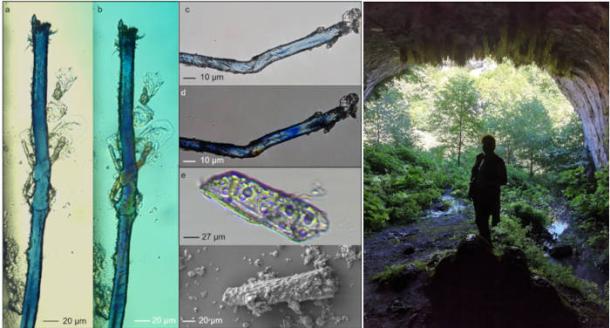🔴 Website 👉 https://u-s-news.com/
Telegram 👉 https://t.me/usnewscom_channel
International research team uncovers oldest evidence of indigo dye processing on paleolithic stone tools from a Georgian cave, revolutionizing understanding of early human plant use.
A latest discovery has pushed back the earliest known use of indigo blue by over 30,000 years. An international research team coordinated by Ca’ Foscari University of Venice has identified traces of indigotin (the chemical compound responsible for indigo’s distinctive blue color) on stone grinding tools dating back 34,000 years from Dzudzuana Cave in Georgia’s Caucasus Mountains.
This remarkable find, published in the scientific journal PLOS One, represents the first time the indigotin molecule has been detected on such ancient artifacts. The discovery fundamentally challenges our understanding of early Homo sapiens’ relationship with plant resources, demonstrating sophisticated botanical knowledge and processing techniques far earlier than previously imagined.
- Stone Age people were eating porridge 32000 years ago
- 40000-year-old Tools Used by Ancient Humans Unearthed In North China


